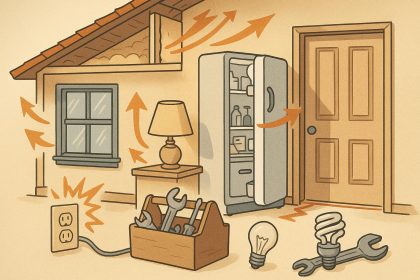How Criminal Defense Lawyers Defend Against DUI Drug Charges
Here's the thing about getting busted for drugged driving: it hits differently…
Medical Malpractice Cases: How Personal Injury Lawyers Help
Medical malpractice can leave victims confused, overwhelmed, and unsure of what went…
Thermal vs night vision
Among the innovations that have recently become available to the public, it's…
Do SSRIs Work for Depression and How?
Living in the modern world means, among other things, being at least…
Demystifying Penetration Testing: What Every Business Needs to Know
What if weaknesses that couldn't be seen put everyday digital systems at…
I Bought 1000 Facebook Followers and This Is What Actually Happened
I run a page called SocialGuru. A few weeks ago I decided…
The Hidden Energy Drains in Your Home (And How to Fix Them)
Every month, when that electricity bill arrives, you might wonder why it's…
Hazem Altal’s UniquEra Clinic Redefines Hair Transplant Excellence: Setting Global Standards in a Competitive Market
Istanbul, Turkey – August 2025 – As the global hair restoration industry…
Elevating Customer Satisfaction with Round-the-Clock IT Help Desk and Multi-Channel Support
Businesses operate 24/7 and customers expect immediate responses, the role of IT…
Why You Need SEO & How to Choose a Firm in Los Angeles
If you are running a business in Los Angeles, then you undeniably…
The Best Resume Builder for Your Job Search
Job hunting can be daunting, especially when facing a blank page. In…
Exploring Calgary’s Airbnb Market: What Investors Need to Know
A guest can land in Calgary on Friday, hike in the Rockies…













